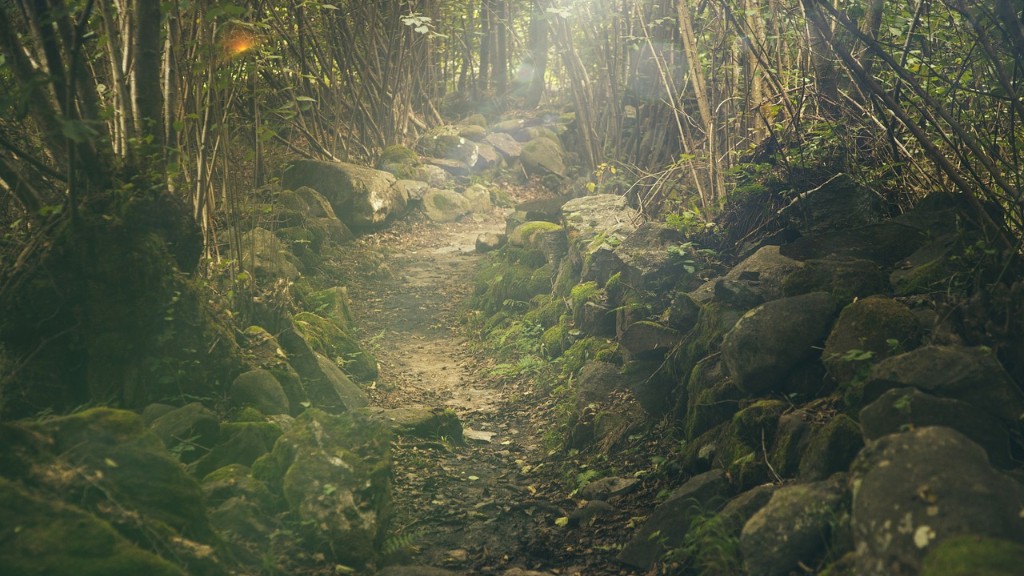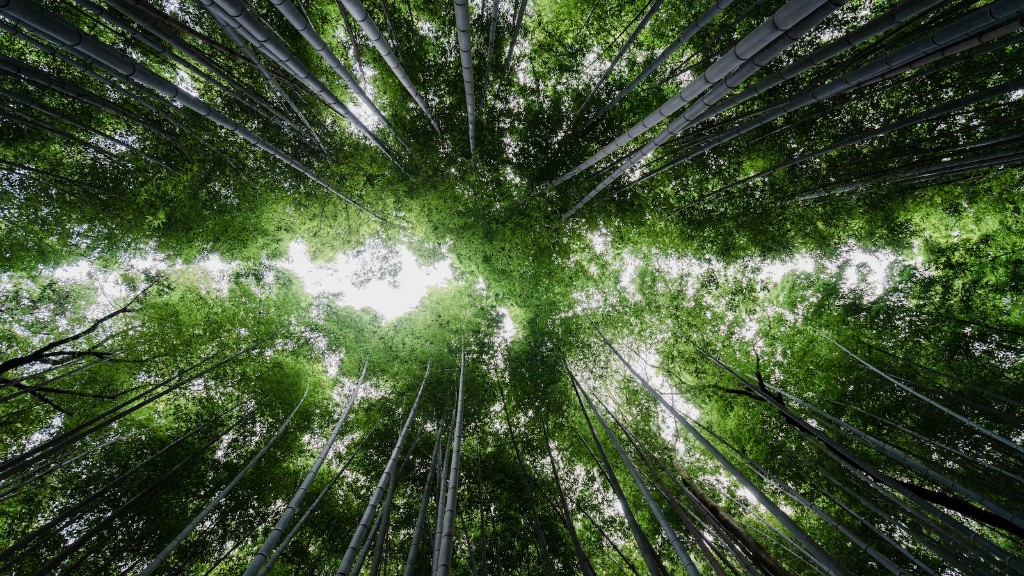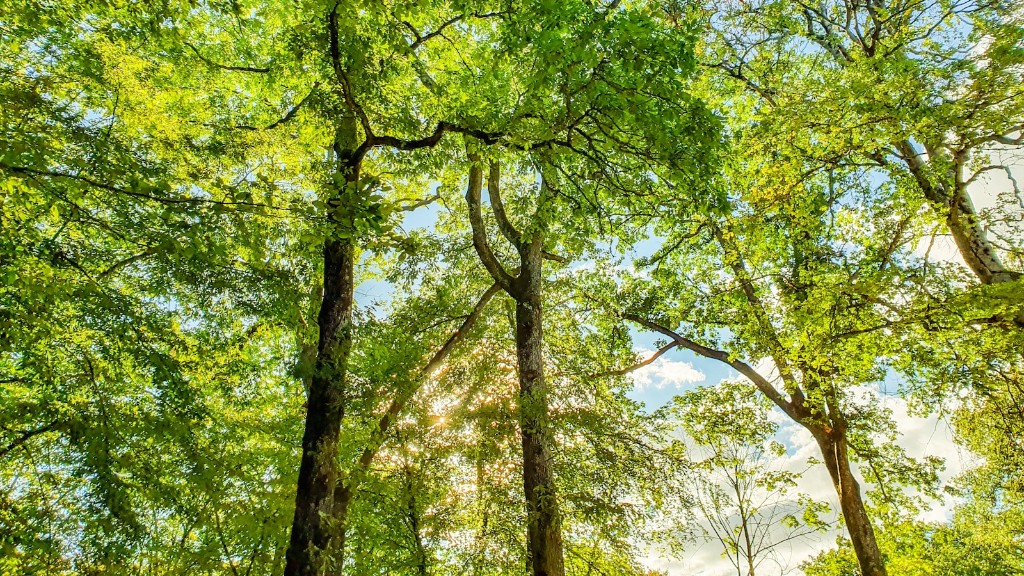How Much Amazon Rainforest Has Been Lost
The Amazon rainforest, often referred to as the “lungs of the Earth,” is not only one of the most biodiverse regions but also crucial for maintaining global climate stability. However, over the years, this pristine ecosystem has been facing severe deforestation and degradation due to human activities, primarily driven by agriculture, logging, and infrastructure development.
According to the current data, approximately 17% of the Amazon rainforest has been lost over the past 50 years. This loss amounts to an estimated 580,000 square kilometers, an area larger than the country of France. These numbers are both alarming and devastating, considering the immense ecological significance of the Amazon.
Experts emphasize that the consequences of deforestation in the Amazon go beyond the immediate loss of trees and species. The rainforest plays a crucial role in regulating the Earth’s climate by absorbing and storing carbon dioxide, a greenhouse gas responsible for global warming. The destruction of this ecosystem leads to a release of stored carbon, contributing to climate change.
Moreover, indigenous communities who have lived in harmony with the Amazon for generations are being disproportionately affected by deforestation. Their traditional way of life, cultural heritage, and access to vital resources are being threatened, leading to social, economic, and environmental inequalities.
In recent years, efforts to combat deforestation and protect the Amazon have intensified. The international community and organizations like the Amazon Environmental Research Institute and the Amazon Rainforest Conservancy have been working together to raise awareness, implement sustainable practices, and enforce stricter regulations to curb illegal activities.
The Role of Government Policies and Enforcement
Government policies and enforcement play a significant role in the fight against deforestation. Countries containing the Amazon rainforest, such as Brazil, have implemented various measures to tackle illegal logging and land encroachment. These include establishing protected areas, increasing fines and penalties, and investing in satellite monitoring systems to detect and prevent illegal activities.
However, challenges remain. The limited resources and capacity of governments to enforce regulations, coupled with corruption and political pressures, hinder the effectiveness of these measures. There is a growing need for increased international collaboration and support to strengthen local enforcement and conservation efforts.
The Impact of Agricultural Expansion
Agricultural expansion, primarily driven by the production of soybeans, beef, and palm oil, has been a major contributor to deforestation in the Amazon. Large-scale clearing of land for farming, coupled with unsustainable practices, has resulted in extensive forest loss.
While some argue that agriculture is necessary for economic development and feeding the growing global population, others emphasize the importance of sustainable practices and the potential of alternative models that prioritize conservation and agroforestry. Encouraging responsible and certified farming practices, reducing meat consumption, and promoting reforestation initiatives are essential steps in minimizing the impact of agriculture on the Amazon.
The Role of Consumer Behavior
Consumer behavior also plays a significant role in deforestation. The demand for products like beef, soy, palm oil, and timber drives the expansion of agricultural and logging activities in the Amazon. It is crucial for consumers to be informed and make conscious choices that support sustainable and environmentally friendly practices.
Certification programs, such as the Roundtable on Sustainable Palm Oil (RSPO) and Forest Stewardship Council (FSC), aim to promote responsible sourcing and inform consumers about products derived from sustainably managed sources. Supporting and choosing certified products can contribute to reducing deforestation and preserving the Amazon.
The Way Forward
The preservation of the Amazon rainforest requires a multi-faceted approach. It involves addressing the root causes of deforestation, strengthening government enforcement, promoting sustainable agriculture and consumer behavior, and empowering local communities and indigenous peoples.
As individuals, we can make a difference by educating ourselves about the issue, supporting organizations working to protect the Amazon, and making conscious choices that prioritize the preservation of this invaluable ecosystem. Only through collective efforts can we hope to safeguard the Amazon rainforest for future generations and ensure the well-being of our planet as a whole.



